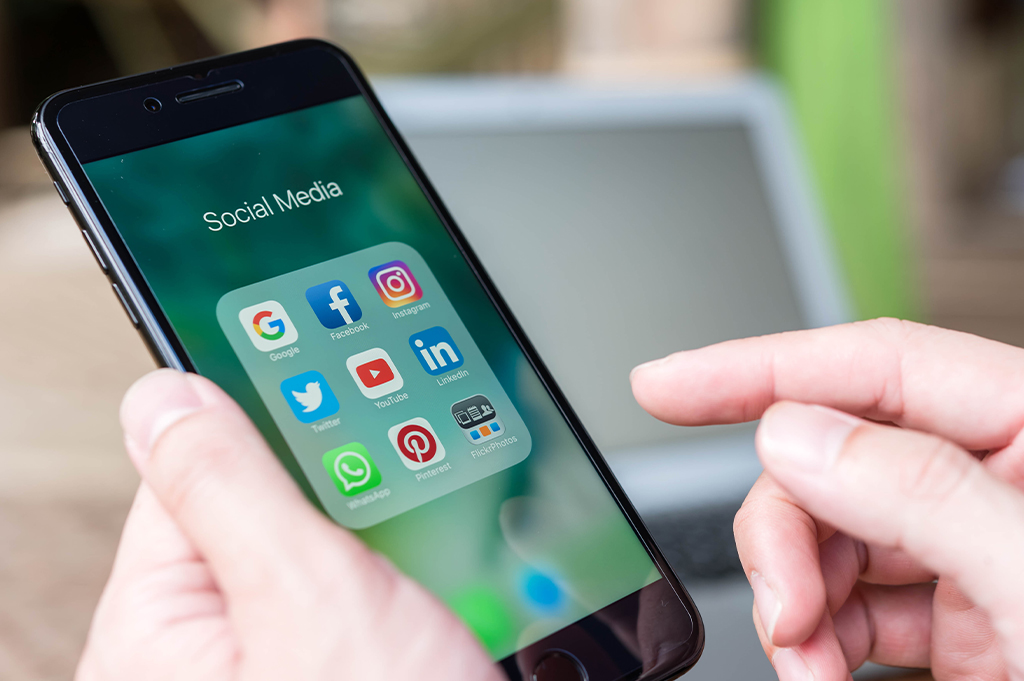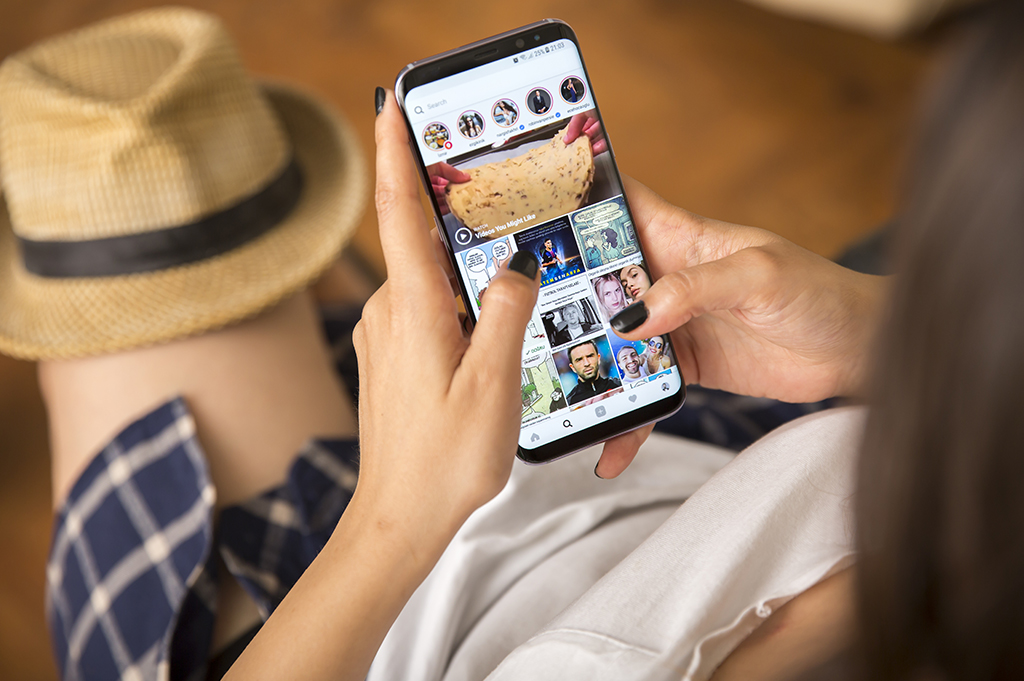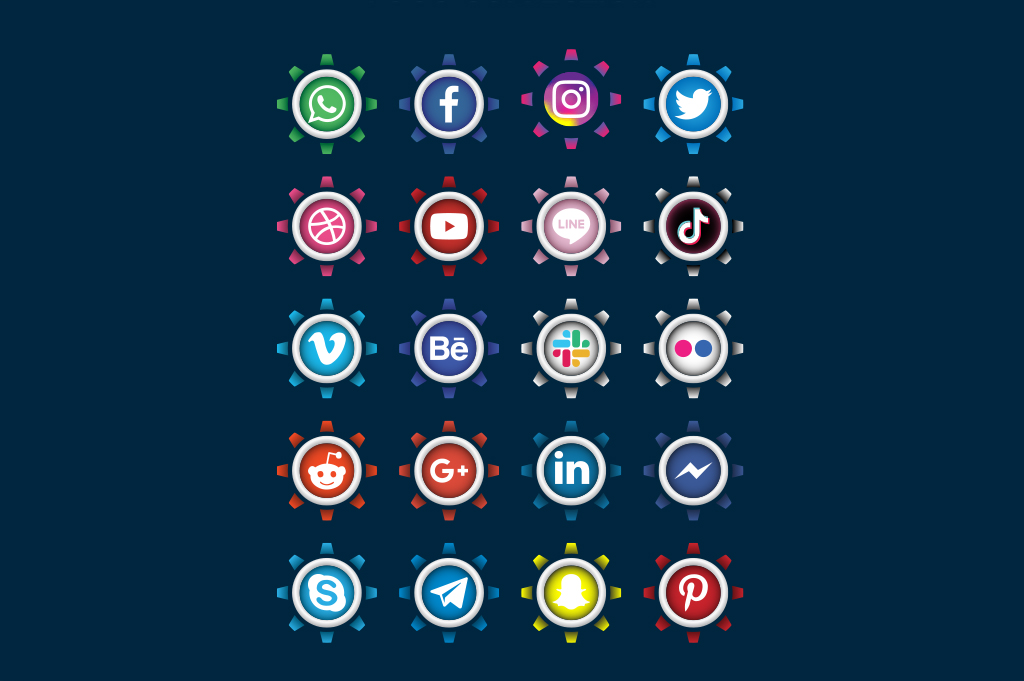
Influencer marketing is fast becoming the in-thing
With the rising popularity of social media platforms such as Instagram, Facebook and YouTube, consumers have unlimited options for content they wish to view. From a business perspective, it becomes increasingly complex to reach prospective customers, as the target audience continues to fragmentise. Consumers are also becoming increasingly sceptical of the usual marketing tactics and brand-owned content such as advertisements and testimonials.

Influencer marketing is now seen as the solution to both problems as it allows brands to engage and connect directly with their customers. Studies* have shown that about 60% of people trust the reviews and recommendations of influencers

Ms Evangeline Leong (pictured left) , Founder and Chief Executive Officer of Kobe Global Technologies, an influencer talent agency, points out, “This trend towards ‘unfiltered’ or less-scripted content has driven many consumers to turn to social media platforms for shopping inspirations and for product recommendations.”
This, in turn, has driven brands to collaborate with influencers to promote their products and services.
The Power of Influencer Marketing
Word-of-mouth recommendations and referrals by peers have undoubtedly been one of the most effective marketing strategies. If a consumer hears of a great bargain from a friend or colleague, there is a good chance that he or she would be interested. Influencer marketing works on a similar principle – only on a much larger scale. When influencers tell their fans and followers about how great a product is, it increases the likelihood that their followers will check it out.

This is because the people often regard influencers as passionate consumers whose jobs are to try products and review their features. Sponsored content can also be incorporated seamlessly in an influencer’s review. Imagine having an audience who willingly consumes this content -this is the power that influencers have and the reason why they continue to be important resources for marketers.
Ms Leong explains, “Social media has liberated the speed of word-of-mouth amongst consumers as we often see our friends or family members sharing their latest experiences at a restaurant or on an overseas trip.”
The Making of an Influencer
Influencers could range from professionals and experts in certain industries to even students and housewives. They usually start out as ordinary social media users but prove adept at creating engaging content that resonates with their followers. They usually post content of their daily activities, mention products they have tried or places that they frequently visit or recently discovered.
Ms Leong explains, “As influencers have spent years producing quality content, gradually accumulating their followers whilst fostering close relationships, they are able to position themselves as people of authority. As such, brands can tap on them to bridge the gap between themselves and their target audience easily.”
She notes that businesses have been quick to realise that the relationship these influencers have with their followers could be an avenue to enhance their product awareness and exposure.
Mr Jonathan Davies, managing director of GetCraft, confirms that his firm’s entry into influencer marketing was demand driven. “Our clients were asking for it and we started matching their brands with the right influencers.”

Recruiting relevant influencers
Mr Davies reveals that many of his clients already have an influencer in mind that they would like to work with. The social media platforms that influencers use are indicative of their followers’ age range. He says that the younger generation is attracted to Instagram and TikTok, whilst the mature audience are more engaged with YouTube and Facebook.
Ms Leong adds, “Instagram is one of the fastest-growing platforms, especially amongst the Gen Z. It relies on photos or videos to drive conversation. The platform works best for businesses in the art, food, retail, and beauty industry.”
She adds that TikTok is known for its short-form videos which are often used to feature product reviews and build brand awareness.

What will it cost?
That largely depends on the potential reach of the influencer. Those with a massive following could be more costly whereas micro influencers with up to 20,000 followers would be more affordable. Smaller operators tend to diversify themselves and may accept products as payment. It is important to note that influencers with a larger reach are often represented by talent agency. However, Mr Davies advises that micro influencers may have more personal connections with their audience as compared to the ‘big players’.
Whatever the decision, influencer marketing is now seen as a key element of a marketing strategy to help brands boost traffic, build brand authority or acquire new audiences.

Snapshot of a Microinfluencer
His name is Lim Zhijing but to his 22,300 followers on Instagram, he is known Royce. His posts – mostly featuring his clothes and shoes – continue to attract a growing audience.
He started off using Facebook in 2009 but quickly moved to Instagram and The Little Red Book Chinese social media app in 2019 as these were “more picture- and video-friendly”.
He says, “That’s when my audience really grew. My fans tell me that they follow me on social media because of my unique fashion style and my desire to mix and match to create different layers in an outfit.”
The 31-year-old, now a fashion advisor with Valentino MBS, has also posted about unique gadgets, his travels and the cafes and restaurants he would explore. He does not get paid for these posts but receive products to try as well as invitations to visit F&B outlets.
He adds, “I give my honest opinion of each experience and include interesting pictures or videos and my audience appreciates my inputs. More importantly, I enjoy doing it.”


















